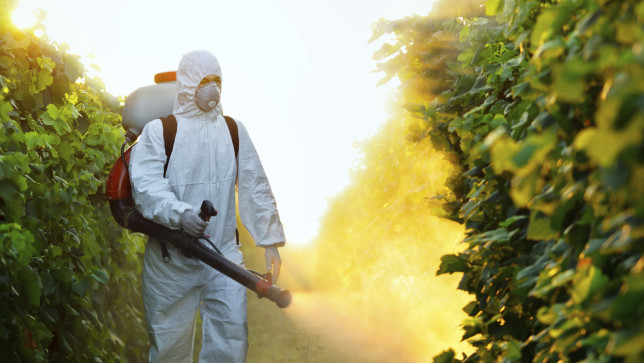Scientists at the University of York in England have discovered for the first time that the sequence of exposure to pesticides and pollutants significantly affects the levels of toxicity for surrounding wildlife.

The chemical industry has always stated that ‘the dose makes the poison’, in terms of chemicals causing detrimental health effects on organisms. Yet it has now been found that when organisms are exposed to two toxicants in sequence, the toxicity can differ if their order is reversed.
This is due to the fact that some chemicals cause lingering damage to organisms’ systems, causing a slow recovery time, resulting in ‘carry over toxicity’ which then compounds the effects of a second pollutant.
Exposure sequences
Exposing freshwater shrimp (Gammarus pulex) to different toxicants, it was found that more damage was caused when pollutants producing a slow recovery time were dispensed first, followed by chemicals that organisms recover quickly from. This is in contrast to the sequence being reversed, when a toxicant with a fast recovery time, followed by a slow, was administered.
Even when toxicant exposure was days apart, and the toxicants dispensed were for different actions (i.e. different pesticides that use separate mechanisms for distinctive targets), researchers found shrimp mortality exceeded predicted expectations in the former sequence.
This shows that current chemical risk assessment guidelines could severely underestimate the risks associated with differing exposure sequences.
Health effects
Dr Roman Ashauer, Senior Lecturer in York’s Environment Department and lead author of the study, said: “This research proves for the first time that toxicants interact, even if exposure is days apart and the toxicants have a different chemical make-up, resulting in a build-up of toxicodynamic damage in organisms.
“The sequence effect and carry-over toxicity is currently not considered in environmental risk assessment, so this has wide-reaching implications. Guidelines for allowing chemicals such as pesticides to go on the market must be revised to look at mixtures over time, e.g. different sequences of pesticides.
“We have developed a successful model for predicting the sequence effect of toxicants, and we hope that agencies such as the European Food Safety Authority look closely at this to inform their work. Exposure to multiple toxicants, in highly variable sequences, is a real-life scenario for humans as well as all other organisms, so it is vital that we pay attention to possible detrimental health effects.”














